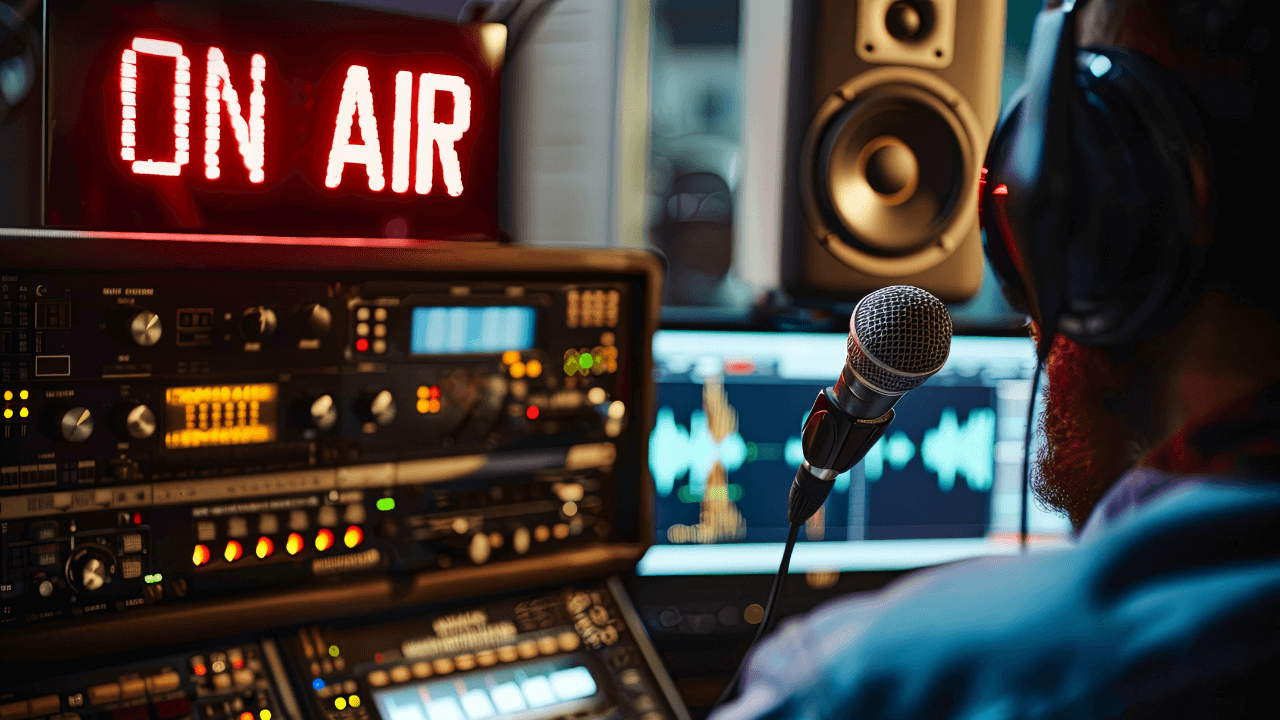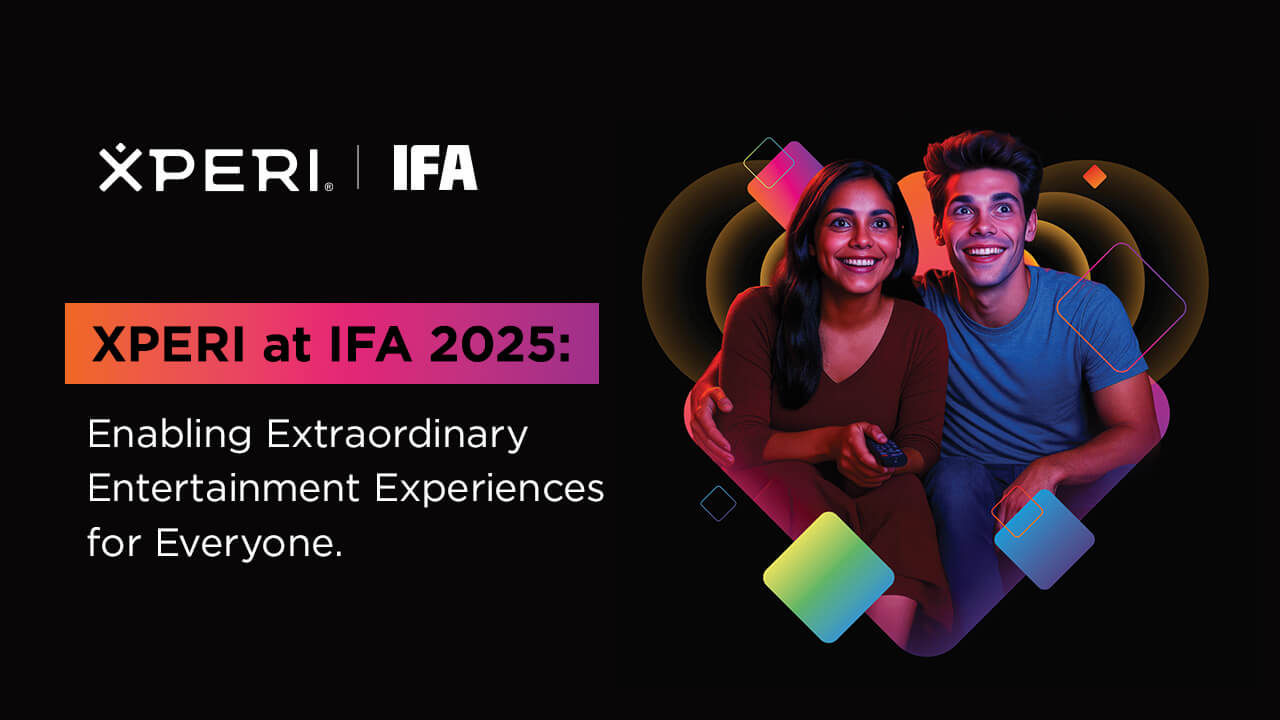Digitization, by making content accessible almost anywhere across multiple channels, has deeply fragmented the media landscape. Add AI to the mix, and it is not surprising that today’s broadcasters worry that, in their migration to all things digital, they need to be ‘everything everywhere, all at once,’ to co-opt the title of an Oscar-winning film. But do they? And what kind of platform do they need to meet a media landscape that is increasingly flooded with AI content? Are today’s media measurements purpose-built for yesterday’s broadcast universe, or are they telling broadcasters the listener story they need to hear in 2025…and beyond?
These are important questions in an industry wading through a tsunami of digital and AI content. My take is that today’s technology, the very thing that has fragmented media, is radio’s best weapon to efficiently and effectively be exactly where your audience is. Here are six ways I believe broadcasters can be better broadcasters today:
1. New technology? Don’t be passive. Move with intent, but don’t be frivolous.
Over the past several years, I have observed some of our larger broadcasters really lean into digital, with some early adopters quite frenetic in getting to their audiences as they reach for the latest content and platform shiny objects, often without proper vetting. End result? Broadcasters get burned by going into the wrong platforms, further fragmenting their audience and wasting valuable money and time in the race to be ahead.
Then there are those broadcasters who are more cautious, keeping fingers crossed and expecting the digital road to reveal itself. But, standing still when technology is moving at the speed of light can be as dangerous as over-adoption. So, what are broadcasters to do? Don’t be passive, but don’t be frivolous either. Move with intent and make sure you have the right platform strategy that can find your audience efficiently and comprises solid domain expertise that straddles both the technology and content spaces.
2. Don’t be everything, everywhere, all at once
Do you remember the adage that broadcasters ‘need to be everywhere’? I stopped believing that years ago in favor of ‘broadcasters need to be everywhere their audience is.’ But, I don’t even believe that anymore because being everywhere your audience is, is very expensive and, in the end, unnecessary.
Precisely because technology has driven so much fragmentation, your audience is going to be in many different places searching for a multitude of content, so chasing your target audience everywhere they engage is a bit of a fool’s errand. A better mantra for today’s broadcaster is ‘be in the place where your audience is when they’re looking for the content that you are offering.’ It’s a strategy that demands broadcasters to be proactive and precise. For example, if your content is sports-focused, your audience more than likely will engage with your broadcast content when they are out of the home and, more specifically, probably in the car. But if you are not engaged with platforms in-vehicle, that content is unavailable and your station is missing a critical audience opportunity.
3. Find a digital platform that fits, not one where you can’t compete
In the effort to be ‘everywhere all at once,’ a major broadcaster colleague integrated with over 300+ different digital audio platforms, a huge resource lift given the need to be sure each platform’s connections are correct and the right metadata is going out, etc. So, they took a step back for an audit, which revealed they were not finding a groundswell of listeners in those 300+ places, if at all. So, they reduced the number of platforms by almost 80% in favor of platforms where audiences were clearly raising their hands for their content, and the ROI started to add up.
On the other hand, I see many smaller broadcasters with limited resources buying into the allure of huge popular platforms, like Apple podcasts, where they have little chance of being noticed, rather than focusing on smaller platforms where their core audiences already exist and where they will be noticed.
A great example of a smaller cohort fitting into the right platforms is today’s religious broadcasters who are operating as an industry subgroup to bring their audiences to the family-friendly environments they want. They are not trying to be everywhere; they are trying to be where they need to be.
4. Partner rather than build, but choose carefully
So, how do you find your audience? Some of today’s broadcasters believe that in order to be on a platform that meets their needs, they have to build it. But that is not necessarily the case. If you find a platform partner who is credible and willing to listen and collaborate, you will have the best of both worlds: the benefit of a technology provider who has experience, efficiency and scale, with the prominence and the functionality that you desire as a broadcaster.
Of course, I am hardly unbiased as a platform provider with DTS AutoStage, but it also gives me a perspective gained from actually building to fit broadcasters’ needs. We focused on developing a solution that addresses the key challenges of a modern dashboard with personalized content discovery, platform control for the broadcasters, as well as ensuring a comprehensive metadata set based on years of experience. And it comes at no cost to broadcasters.
Find a credible platform provider who can build, sustain, evolve, and provide content and metadata management, as well as understanding and respect for copyright and content protection, for privacy — and, increasingly, AI management.
5. AI management is critical, but AI is not necessarily the enemy
The capacity to manage AI is critical, whether you build the platform yourself or you work with a partner, because upcoming AI regulation and legislation include the obligation to inform consumers whenever they encounter or consume AI-generated content. Everyone in the ecosystem will be liable, so having controls in place to identify and label AI content is critical to your broadcasting future.
But AI is not all burden and should be part of how you can be a better broadcaster in 2025. In fact, I am quite bullish on it as I discussed in a blog last year. Local advertising is a great example because of the huge gap between having deeply, personally targeted local ads — maybe for as few as 500 households — and the cost of production of those ads; but if you use AI to generate those ads (with an AI disclaimer), the financial model can make sense. Most consumers won’t care how an ad is produced, but they will care if the ad, its call to action, and its offer are relevant to them. AI can be a problem solver, rather than a problem, if your approach is judicious but not prohibitive.
6. Measure what you are measuring: Things are changing
So, given that we have established that you need to find your audience where they are looking for your content and that the media landscape is deeply fragmented, an important question for the second half of 2025 is: do you have the right metrics and data sets to analyze how well you are reaching your audience and serving your advertisers?
While traditional ratings continue to be an important and accepted protocol for determining ad spend, audiences have shifted, are shifting and will continue to shift into spaces that traditional ratings are not penetrating — and, in some cases, are abandoning. This makes real-time, deeply trackable user data increasingly important as part of your metrics mix. Because legacy rating systems are sample-based and used to represent the market/audience, they are not as precise as digital platforms, which are not only precise in their measurement but also provide the kind of targeting and attribution that radio needs to deliver. After all, at the core of the digital revolution is the ability to be far more granular in your ability to trace listener behavior. Moving into a measurement model that melds both traditional and ‘in the moment’ data sets should be part of every broadcaster’s strategy for 2025.
Stay up to date on the latest technology and insights from DTS here.



